
Related items loading ...
Section 1: Project Information
Project Name
SAMMS: Sub-Arctic Metal Mobility Study
Led by
|
|
Lead 1
|
Lead 2
|
Lead 3
|
Lead 4
|
|
Name
|
Brent Wolfe
|
|
|
|
|
Institution
|
Wilfrid Laurier University
|
|
|
|
|
Role
|
PI
|
|
|
|
|
Contact Information
|
bwolfe@wlu.ca
519 884 0710 ext 3470
|
|
|
|
Classification (e.g., "GWF Pillar 3", "CCRN", etc.)
GWF Pillar 1
Project Websites
Project Description
Abandoned mines abound in the NWT with dates of operation varying from 1930s to 2000s and lifespans from less than 1 year to 50 years. Most are located in the boreal forest on the Canadian Shield in the zone of discontinuous permafrost. The legacy of metal pollution from mining extends beyond the immediate mining sites and across the NWT via emissions to the atmosphere and subsequent deposition. However, its extent is poorly known. The fate and toxicity of these metals from mining activities depends strongly on their transport via dissolved organic matter (DOM). DOM is a complex array of molecules that play an influential role in dictating surface water quality. It is predicted that climate warming, especially in subarctic regions where substantial organic matter has accumulated over time, will accelerate both rates of organic matter decomposition and consequently the mass and chemistry of DOM entering freshwater systems during the next few decades. These changes have important implications for surface water quality with respect to long-term ecosystem health and human consumption of drinking water. Metals at levels comparable to guidelines for aquatic ecosystem health and drinking water consumption can result from enhanced metal mobility due to mining activities. Critically important to metal mobility is the production of elevated and potentially chemically altered DOM with wetlands, soils, streams, and lakes that have been a repository for elevated metal concentrations via atmospheric or direct deposition. Increased mobility of metals from anthropogenic sources, as well as those that are naturally occurring, in catchments and lakes in NWT as a consequence of ongoing climate warming has the potential to significantly expand the anthropogenic impacts of mining.
To Wit:
This project will trace the transport and behaviour of dissolved organic matter (DOM) and metals through terrestrial and aquatic ecosystems in headwater catchments along a 200 km airshed transect between Giant Mine and Whati, an area of concentrated mining activity.
Six Work Plans include:
1) terrestrial stores of historical metal deposition and transport to aquatic ecosystems,
2) DOM quantity and quality, metal binding, and toxicology,
3) modelling of DOM quantity and quality in cold regions,
4) metal depositional history, pathways, and processes in lake sediments,
5) paleo-ecotoxicology and ecosystem structure, and
6) climate change effects including permafrost thaw.
Findings will inform improved decision-making by multiple stakeholders in the NWT, including Indigenous peoples, about both legacy of mining activities and implications of new mining developments on water quality in a changing environment.
Project Participants
|
Jason J. Venkiteswaran | Co-I | Wilfrid Laurier University |
Michael English | Co-I | Wilfrid Laurier University |
Sherry Schiff | Co-I | University of Waterloo |
Roland Hall | Co-I | University of Waterloo |
Scott Smith | Co-I | Wilfrid Laurier University |
James McGeer | Co-I | Wilfrid Laurier University |
Colin Whitfield | Co-I | University of Saskatchewan |
Kevin Stevens | Co-I | Wilfrid Laurier University |
Jules M. Blais | Co-I | University of Waterloo |
Current Status of this Project
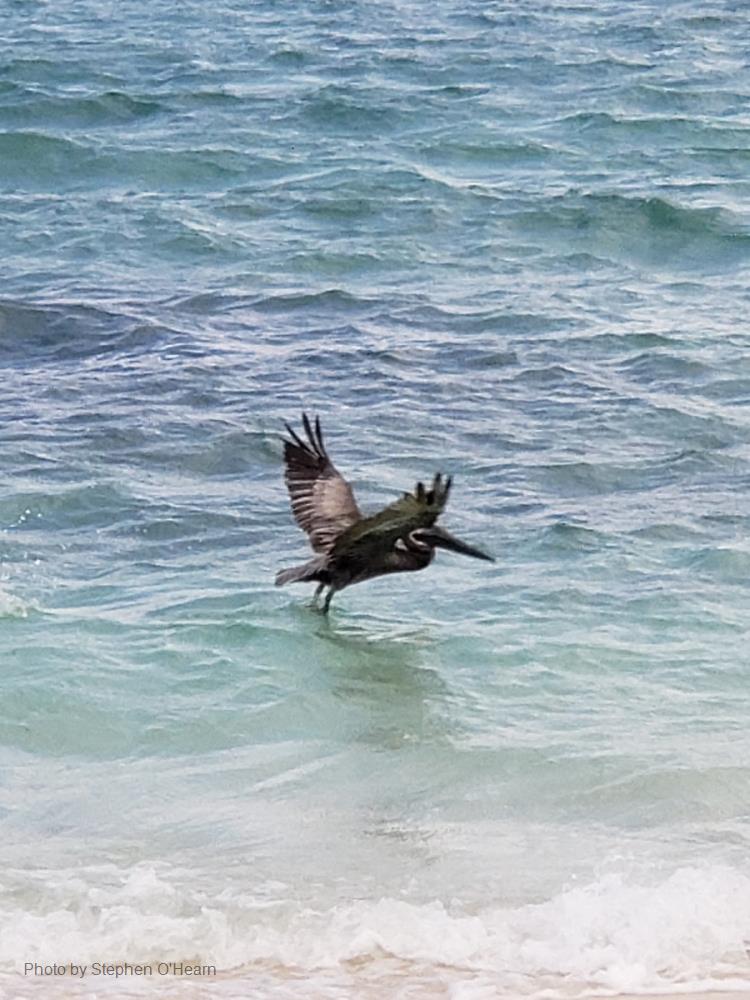
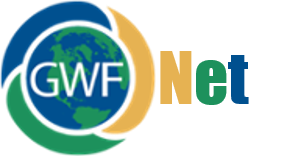
 GWFNet
GWFNet Master
Master Data
Data Research
Research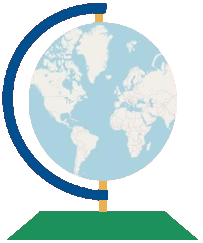 Map
Map
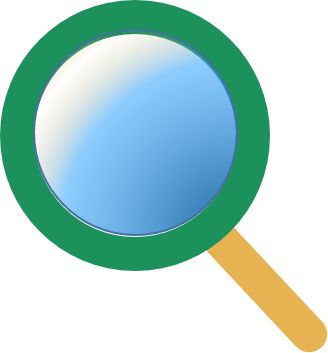 Advanced
Advanced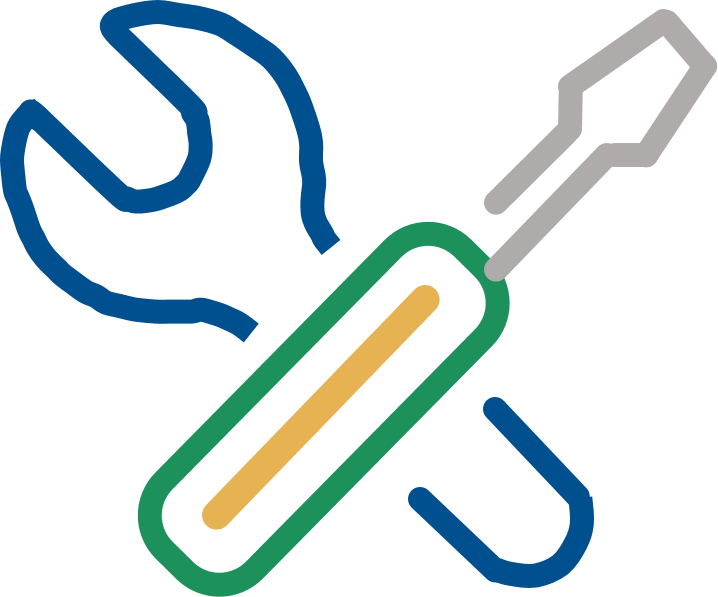 Tools
Tools
 . . .
. . .
 Metadata Editor
Metadata Editor
 Record List
Record List
 Alias List Editor
Alias List Editor
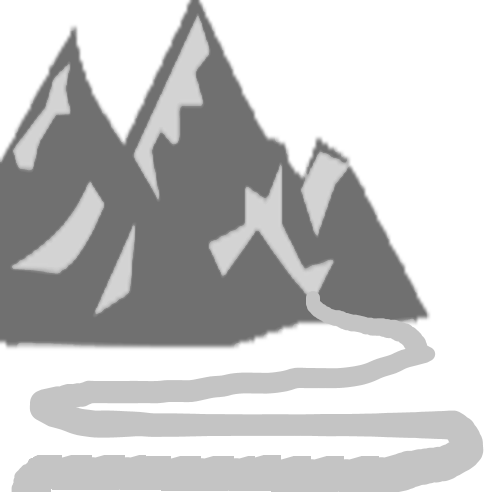 Legacy sites
Legacy sites